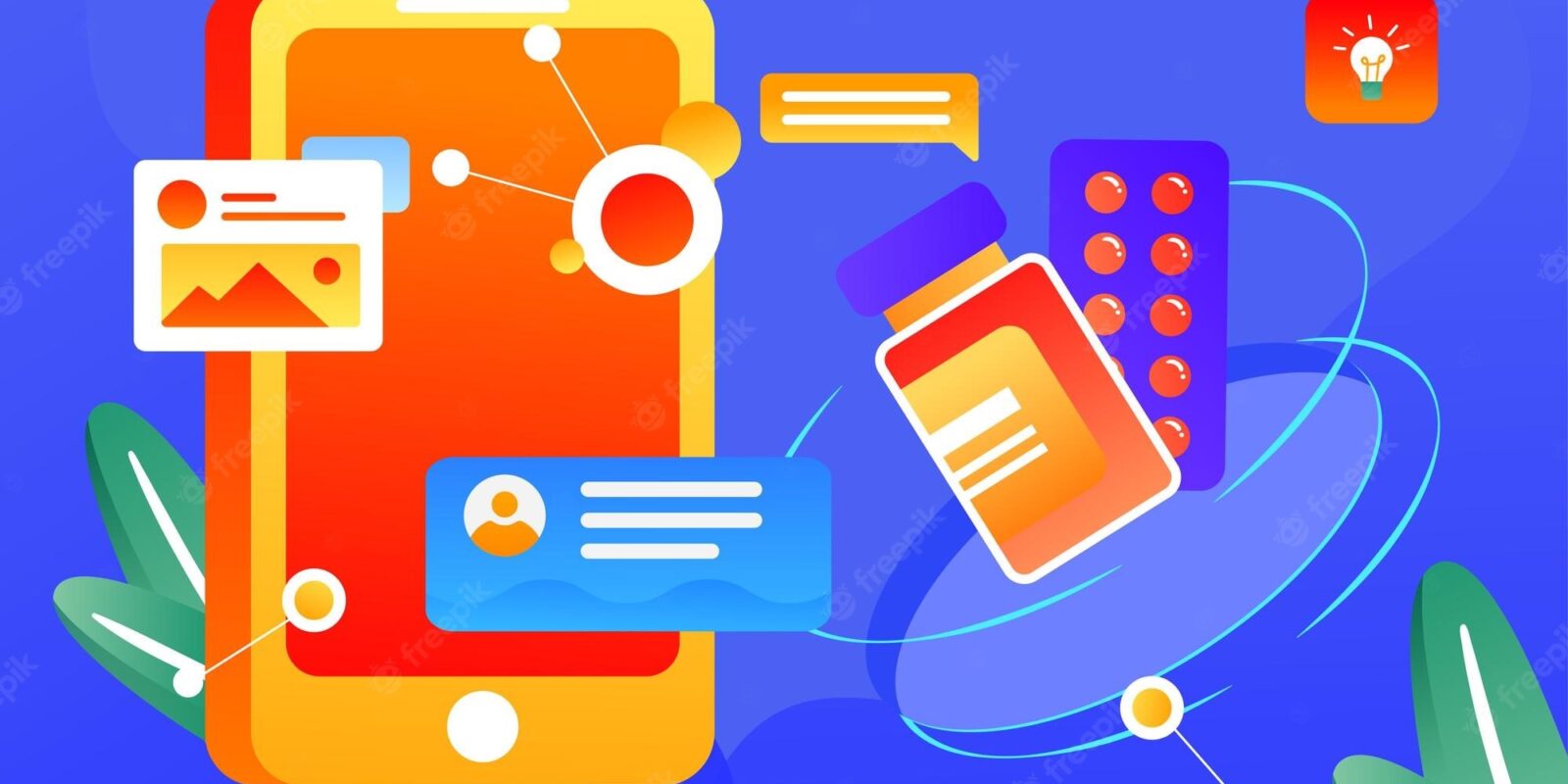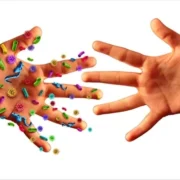Imagine a future in which education is not limited to textbooks and lectures but instead occurs directly in front of your eyes. Enter a world where dental education is adopting cutting-edge technology that is expected to completely transform the way that future dentists are taught. Greetings from the exciting field of augmented reality (AR) in dentistry education. Here, science and creativity join together to create a learning environment that is unlike anything else.
Understand Augmented Reality in Dental education
Augmented reality, or AR, is essentially a technology that superimposes digital data on the physical world to improve our perception of and engagement with it. Augmented reality (AR) adds computer-generated components to the actual world, as opposed to virtual reality (VR), which submerges users in a fully simulated environment.
The underlying ideas of augmented reality (AR) center on the seamless integration of digital material with the real environment, frequently via the use of tablets, smartphones, or AR glasses. The principles of tracking, integration, and marker detection underpin augmented reality.
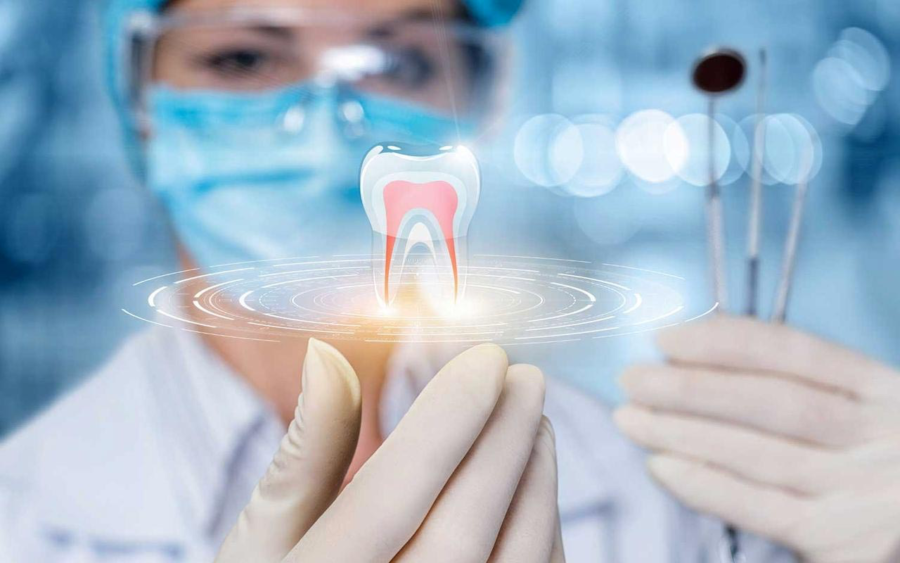
AR apps use markers, such as QR codes or real-world items, as triggers to identify and enhance their environment. A seamless and engaging experience is produced via tracking technology, which makes sure that the digital components line up and move realistically inside the user’s field of vision.
Distinction between Augmented and Virtual Reality
While both augmented reality and virtual reality share the goal of enhancing user experiences through digital elements, they differ significantly in their approaches.
| Augmented Reality | Virtual Reality | |
|---|---|---|
| Environment Interaction | Augments the real-world environment by overlaying digital information onto it. | It immerses users in a completely computer-generated environment, isolating them from the physical world. |
| Device Usage | Utilizes devices like smartphones, tablets, or AR glasses to superimpose digital content onto the real world. | Requires specialized headsets to fully immerse users in a virtual environment. |
| User Engagement | Enhances real-world experiences by providing additional information or interactive elements. | Creates a separate, often fictional, environment for users to explore. |
Real-World Application | Augmented Reality in Sectors
Healthcare:
- Surgical Navigation: AR assists surgeons by providing real-time information and guidance during surgeries.
- Medical Training: Medical students use AR for anatomical visualization and simulation of medical procedures.
Retail:
- Virtual Try-On: AR enables customers to try on products virtually before making a purchase.
- In-Store Navigation: Retailers use AR for interactive store maps and product information.
Education:
- Interactive Learning: AR enhances traditional learning materials, making them interactive and engaging.
- Virtual Field Trips: Students can explore historical sites or natural wonders through AR simulations.
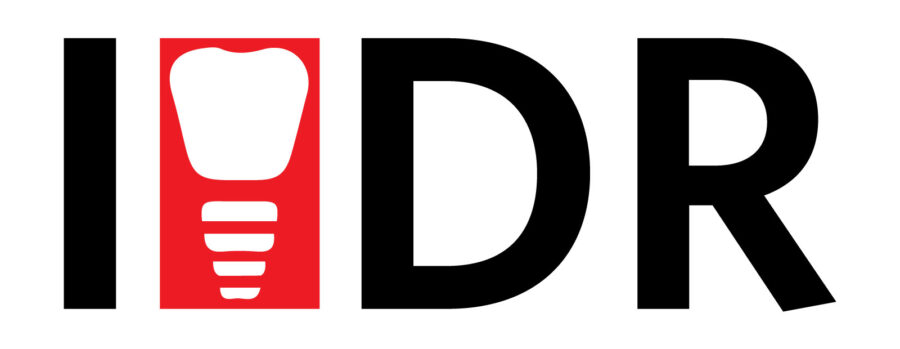
Manufacturing:
- Assembly Assistance: AR guides workers through complex assembly processes, reducing errors and improving efficiency.
- Maintenance Support: Technicians use AR for real-time guidance during equipment maintenance.
Gaming:
- Location-Based Games: AR integrates game elements into the real-world environment using GPS and camera technology.
- Immersive Experiences: AR enhances traditional gaming by blending digital characters and objects with the player’s surroundings.
Benefits of AR in Dental Educational Experience
- Interactive Learning: AR transforms static educational materials into interactive and dynamic content, promoting active engagement and understanding.
- Real-World Simulations: Students can experience realistic simulations of complex concepts, such as biology or physics, through AR applications, enhancing practical knowledge.
- Personalized Education: AR allows for customized learning experiences, catering to individual learning styles and pacing.
- Global Accessibility: AR facilitates remote learning, breaking geographical barriers and providing access to high-quality education for students worldwide.
- Skill Development: AR-based simulations enable students to practice and refine practical skills in a risk-free virtual environment, preparing them for real-world applications.
Role of Augmented Reality in Dental Education
Overview of AR Applications in Dentistry
Augmented reality (AR) stands out as a potent tool in the ever-changing field of dentistry education, transforming the way that future dentists are taught. It’s applications in dentistry comprise a variety of creative approaches meant to improve student learning. AR is transforming the teaching process by giving students an immersive and interactive platform to learn the nuances of dentistry practice, from diagnosis to treatment planning.
Enhancing Hands-On Experience Through AR Simulations
Virtual Dental Simulations
Students can practice dentistry on virtual patients using augmented reality simulations. These simulators offer a realistic and dynamic setting for students to refine their clinical abilities, ranging from tooth extractions to root canals. The virtual world turns into a training field that provides a secure environment for making mistakes.
Anatomical Exploration
With AR apps, students may investigate intricate anatomical systems in three dimensions. Through this comprehensive experience, which transcends typical textbooks, students may see the intricacies of dental anatomy and the oral cavity. It fills in the gaps between conceptual understanding and real-world application.
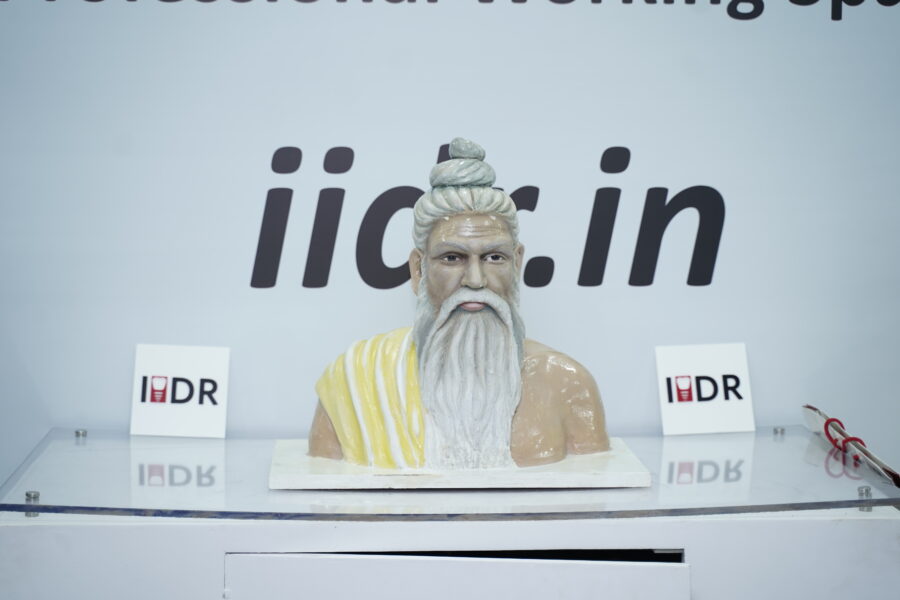
Immediate Feedback
During simulations, AR offers immediate feedback. Students receive real-time advice while making adjustments to dental instruments, such as altering their angle or honing their skill. Students are more prepared for clinical practice because to this iterative method, which also shortens the learning curve.
Bridging the Gap Between Theory and Practical
Real-Time Clinical Scenarios
AR brings real-time clinical scenarios to the classroom. Students can witness the application of theoretical concepts in authentic patient cases, fostering a deeper understanding of how theory translates into practice.
Skill Refinement
By engaging in AR simulations, students can refine their skills before working on actual patients. This not only boosts their confidence but also minimizes the learning curve when transitioning from the educational environment to the clinical setting.
Comprehensive Treatment Planning
AR aids in comprehensive treatment planning by allowing students to virtually assess and plan procedures. This holistic approach ensures that students not only understand individual procedures but also grasp the broader picture of patient care.
Benefits of Augmented Reality in Dental Education
Not only a technological innovation, augmented reality (AR) is revolutionising dental education with a host of advantages that enhance student learning and equip them for the intricacies of practicing dentistry in the real world.
Improved Visualization of Dental Anatomy
One of the primary advantages of integrating AR into dental education is the enhanced visualization of dental anatomy. Traditional methods often rely on static diagrams and two-dimensional representations, limiting students’ ability to fully grasp the intricacies of oral structures. AR changes the game by providing three-dimensional, interactive models that students can manipulate and explore.
Benefits:
Depth Perception: AR allows students to perceive the spatial relationships between different dental structures, fostering a more profound understanding of the three-dimensional nature of the oral cavity.
Interactive Exploration: Students can virtually dissect and explore anatomical structures, gaining insights into the spatial relationships between teeth, nerves, and blood vessels.
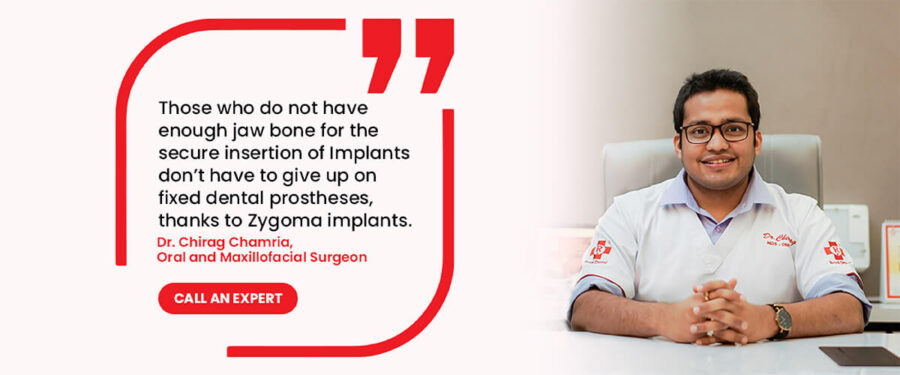
Enhanced Diagnostic and Treatment Planning Skills
AR empowers students with tools to enhance their diagnostic and treatment planning skills. From simulating patient cases to visualizing treatment outcomes, AR brings a level of realism to the learning process that goes beyond traditional methods.
Benefits:
Realistic Case Simulations: AR enables students to engage in realistic simulations of patient cases, allowing them to practice diagnosing and planning treatments in a risk-free environment.
Immediate Feedback: Students receive immediate feedback on their diagnostic and treatment planning decisions, facilitating iterative learning and improvement.
Interactive Learning Experiences for Students
AR injects a dynamic and interactive element into dental education, transforming passive learning into an engaging and participatory experience. The interactive nature of AR applications captivates students, making the learning process more enjoyable and effective.
Benefits:
Active Engagement: AR encourages active participation as students interact with virtual dental models, perform simulated procedures, and engage in virtual patient interactions.
Customised Learning Paths: AR allows educators to tailor learning experiences to individual students’ needs, providing a personalised approach that accommodates different learning styles.
Increased Efficiency in Dental Training Programs
Efficiency is a key factor in dental education, where the goal is to prepare students for the demands of a fast-paced and dynamic profession. AR contributes to increased efficiency in dental training programs by streamlining processes and optimizing the use of resources.
Benefits:
Time-Efficient Skill Development: AR simulations allow students to practice and refine their skills efficiently, reducing the time needed for hands-on training.
Resource Optimisation: AR minimises the need for physical models and equipment, allowing for cost-effective and scalable training programs.
Consistent Learning Standards: AR ensures a standardised learning experience across different educational institutions, promoting consistency in skill development and knowledge acquisition.
Conclusion
In conclusion, the introduction of augmented reality into dental education marks the beginning of a dynamic, interactive learning environment that is customized to meet the demands of the changing healthcare environment. We are on the cusp of a technological revolution, and both instructors and students will benefit from the adventure. The future of dentistry is brighter than ever, with AR paving the stage for a generation of talented, compassionate, and morally aware dental practitioners under the leadership of trailblazers like Dr. Chirag Chamria.

